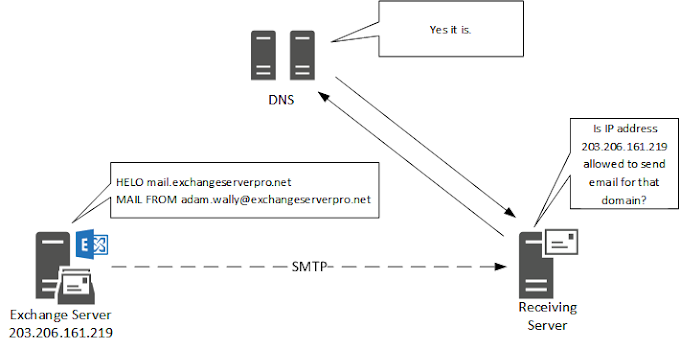1. **Connect to Exchange Online PowerShell**: Open PowerShell and run the following commands to connect to Exchange Online:
```powershell
# Install and import the Exchange Online module if you haven't already
Install-Module -Name ExchangeOnlineManagement
Import-Module ExchangeOnlineManagement
# Connect to Exchange Online
Connect-ExchangeOnline -UserPrincipalName <your_administrator_username>
```
Replace `<your_administrator_username>` with your administrator username.
2. **Create the Auto-Reply Rule**:
```powershell
# Define the auto-reply message
$AutoReplyMessage = "Your auto-reply message here."
# Create the auto-reply rule
New-RemoteMailboxAutoReplyConfiguration -Identity <mailbox_identity> -InternalMessage $AutoReplyMessage -ExternalMessage $AutoReplyMessage
```
Replace `<mailbox_identity>` with the identity of the mailbox for which you want to set up the auto-reply.
3. **Verify the Auto-Reply Configuration**:
```powershell
# Verify the auto-reply configuration
Get-RemoteMailboxAutoReplyConfiguration -Identity <mailbox_identity>
```
Replace `<mailbox_identity>` with the identity of the mailbox you configured.
4. **Test the Auto-Reply**:
Send test emails from both internal and external email addresses to the configured mailbox to verify that the auto-reply is working as expected.
5. **Disconnect from Exchange Online PowerShell** (Optional):
Once you've completed the necessary tasks, you can disconnect from the Exchange Online PowerShell session:
```powershell
Disconnect-ExchangeOnline
```
These PowerShell commands will help you set up auto-replies for both internal and external users in Exchange Online. Make sure to adjust the parameters according to your specific requirements.



.png)






0 Comments